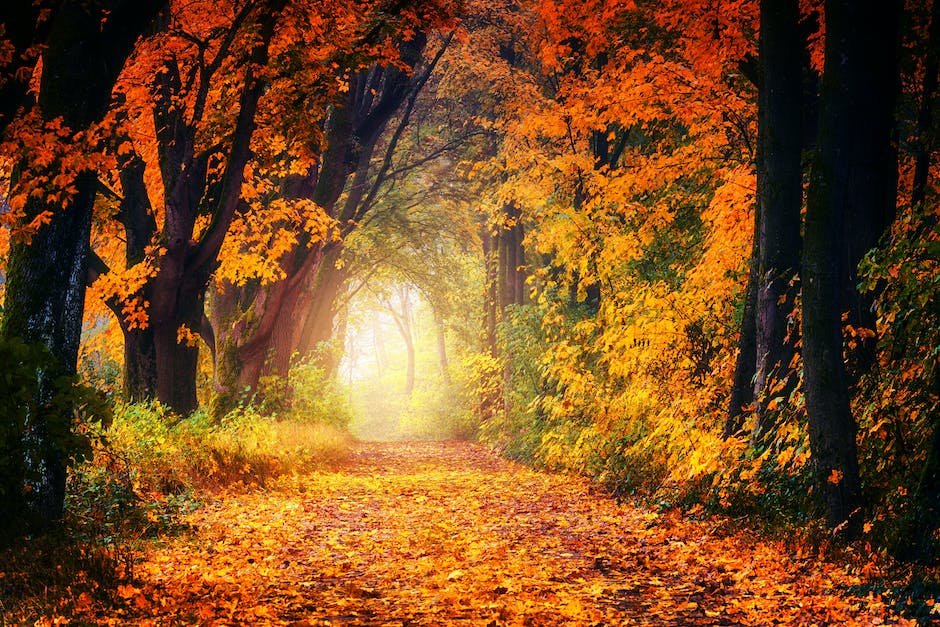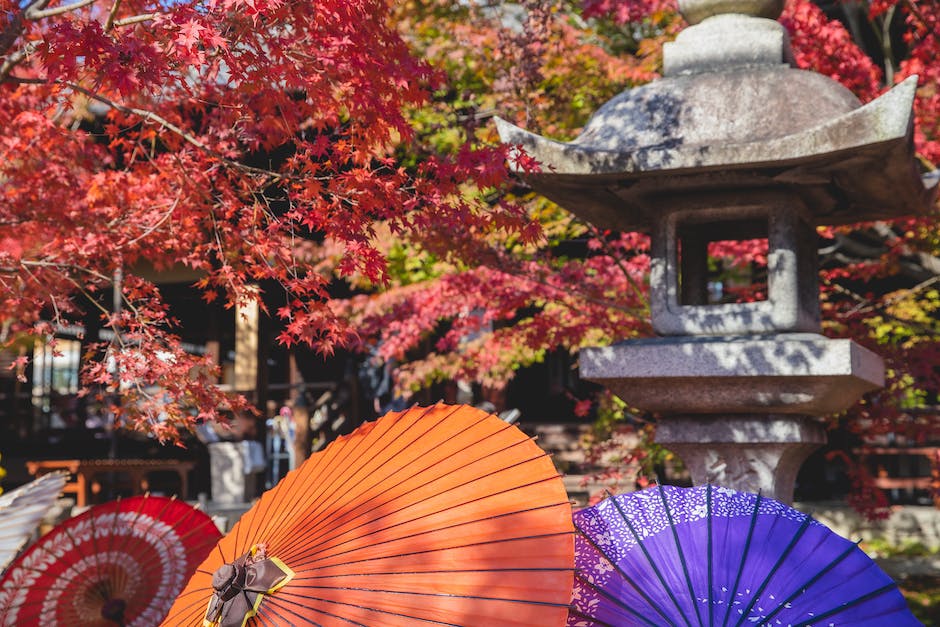Japanese maple trees are not typically evergreen, but there are some varieties that retain their leaves year-round. These evergreen varieties are usually found in warm climates, as the leaves would otherwise suffer damage from cold weather. Even in warm climates, however, the evergreen Japanese maples may lose their leaves if they are not protected from strong winds.
No, Japanese maple trees are not evergreen. They typically lose their leaves in the fall and remain dormant through the winter months.
Do Japanese maples lose all their leaves in winter?
Japanese maples are deciduous trees and will lose their leaves every year. The leaves usually start to turn color in October and November, and then will fall off the tree in late November or December.
Before you plant your Japanese maple, you’ll want to look up information about your particular type, especially how large it’s expected to grow. There is no such thing as an evergreen Japanese maple, so you’ll need to take into account how large the tree will be when it loses its leaves in the fall.
Is maple tree evergreen or deciduous
Deciduous trees are trees that lose their leaves at the end of the growing season. Most maple species are deciduous trees, although some grow more like shrubs, and a few in southern Asia and the Mediterranean are evergreen. The majority of species prefer a temperate climate, although a few are drought tolerant.
Emperor Japanese Maple trees are a beautiful addition to any landscape. They provide year-round interest with their stunning foliage and black-red bark. In spring and summer, their leaves take on a rich burgundy hue, before turning scarlet in fall. They are a great choice for adding color and interest to your yard.
Do Japanese maples need a lot of water?
Drought tolerant trees are great for areas that receive little rainfall. They are however still young trees and need regular deep waterings, especially during the first few years. Watering should be done heavily, twice a week during normal weather and three to four times during periods of drought.
Maples do not need much water in the winter since they are dormant. There can be the tendency to overwater your maples in the winter and this can lead to root rot problems.
Which Japanese maples stay red all year?
if you are looking for a tree to plant in a sunny location, the red dragon is a great option. it is very tolerant of sun and will stay fresh and happy all day long. the leaves emerge cherry-pink in spring, turn red for the summer and become crimson in fall, making it a beautiful tree to have all year round.
While they can be grown in poor soil, their growth rate is much slower and trees are more likely to experience stress. Ideally, they should be placed in a spot with dappled shade. Japanese maple foliage is prone to leaf scorch in hot and dry locations in full sun.
Can I plant a Japanese maple next to my house
Although Japanese maples (Acer palmatum) can be grown in full sun, they really do best in partial shade, especially in the hot summer months. The north and east sides of the house are ideal locations for these maples. Many cultivars do not grow taller than eight feet and so will fit nicely in a corner next to the house, underneath a window or eve, or beneath a medium to large shade tree.
Deciduous trees are trees which lose their leaves in the fall. Maples are a type of deciduous tree which routinely loses its leaves in the fall. Chlorophyll, the substance which gives leaves their green color, dies as temperatures grow cold. Leaves fall from the tree, to be replaced by new growth in the spring.
What month do maple trees lose their leaves?
The timing of leaf fall varies significantly among different types of trees. In the case of red maples, some trees may lose their leaves as early as September, while others in the same general area may retain their leaves until late October. This can create a span of four weeks or more between the two extremes. Such variation can be beneficial in terms of giving the trees a longer period of time to photosynthesize and produce the necessary nutrients for the next growing season.
A maple or similarly large tree should not be planted 10 feet from a home. Even doing so for shade means the tree should be planted 20 or more feet from the structure. This is because the roots of the tree can damage the foundation of the home, and the branches can damage the roof or gutters.
Are Japanese maples hard to maintain
Japanese maple trees are lovely additions to any garden, and they can be easy to care for with a bit of attention in the first few years. They can be planted in the spring or fall, butFall is the best time for planting. They require a bit more water and fertilizer when they are first getting established, but once they are settled in they are low-maintenance and hardy. Japanese maple trees can add beauty and interest to any landscape, and they are well worth the effort of giving them a little extra care when they are young.
This is a sturdy tree that can tolerate a range of growing conditions, including drought and high winds. It is a good choice for locations where a fast-growing tree is not desired. This tree can live for a long time, with a lifespan of 50 years or more.
How long do Japanese maples last?
Japanese maples typically live for over one hundred years. They grow slowly, at a rate of one to two feet per year, so it is best to buy the largest one you can afford. With proper care, they can thrive and provide centuries of enjoyment.
If you have a red Japanese Maple, it is important to protect it from the hot afternoon sun. The leaves can easily get sunburned in direct exposure. I have first-hand experience with this and can attest to the fact that it is a real danger. Place your red Japanese Maple in a location with direct morning sun, but shade in the afternoon to protect it.
Can Japanese maple grow in hot climate
Japanese maples are fairly heat tolerant. References often list them as hardy up to Zone 7 or 8, but many gardeners successfully grow them in higher Zones. However, in hot, dry climates, the leaves will often scorch, therefore protection from the afternoon sun is important.
Japanese maples are generally Hardy, summer-loving trees. However, they can sometimes struggle in the hot summer months. Here are a few tips to help keep your Japanese maple healthy and happy during the summer:
1. Keep them moist –Japanese maples need moist soil to thrive. Make sure to water regularly, and consider adding a layer of mulch to help keep the soil moist.
2. Give them afternoon shade – Japanese maples appreciate some afternoon shade during the summer months. When planting your tree, arrange for it to receive some afternoon shade.
3. Choose a suitable variety – Some Japanese maple varieties are more resistant to summer heat than others. Do some research to choose a variety that will do well in your climate.
Can Japanese maples grow in pots
The Japanese Maple is an excellent tree to grow in pots. They are perfect for containers because of their small stature and relatively slow rate of growth. Japanese Maples are known for their beautiful foliage, making them a great addition to any home or garden.
I recommend using a slow or controlled release type fertilizer Commercially known as Polyon or Osmocote, these are the most common and both work very well on Japanese maples. I have had great success using them on my Japanese maples and have found that they really help to keep the leaves looking healthy and green.
Can you overwater a Japanese maple tree
If your Japanese Maple’s leaves are turning brown/black at the tips, it could be a sign of over watering. Too much water can cause the leaves to rot, so be sure to water only when the soil is dry.
Aconitifolium is a beautiful Japanese maple with deeply cut, fern-like green foliage. In fall, the leaves turn shades of red, orange, and yellow, making for a stunning display. This tree, also called Maiku Jaku, is perfect for adding interest and texture to any landscape.
What is the prettiest maple tree
Maple trees are beloved for their fall color, and there are many cultivars with leaves that turn bright red, oranges, and yellows in autumn. Some of the most colorful varieties include the Coral Bark Japanese Maple, the Red Dragon Japanese Maple, and the Autumn Blaze Maple. These trees are perfect for adding a splash of color to your landscape, and they’ll be sure to turn heads when their leaves start to change in the fall.
The Japanese maple (Acer palmatum) is a species of maple native to Japan, China, Korea, and Russia. The tree is small to medium-sized, with a broadly spreading crown and a layered branching structure. The leaves are 5–10 cm wide and 9–12 cm long, with five to seven lobes. The flowers are small, white or greenish-yellow, and borne in clusters. The fruit is a samara 2–3 cm wide and 5–8 cm long, with a winged seed.
The Japanese maple is commonly grown as an ornamental plant in gardens and parks. It is also used in bonsai and as a shade tree.
Do Japanese maples have invasive roots
One of the great things about Japanese Maples is that they have shallow, non-invasive roots. This means that they are great for container growing and for growing near rock walls.
Arisaema triphyllum, also known as Jack-in-the-pulpit or Indian turnip, is a herbaceous perennial plant that grows slowly, reaching 7 to 12 feet by 4 to 8 feet over 10 years in the landscape. In a container, it will grow to about 6 feet by 4 feet. This compact, domed tree has Pendulous branches and rich green leaves that explode in yellow, orange, and red in autumn.
How much room does a Japanese maple need
It is crucial to know how much available growing space you have before making a final decision on which plant variety to choose. A good rule of thumb is to select a dwarf tree if you have a minimum of five feet of width to work with. If you ultimately opt for a larger tree, be sure to increase the size of the planned footprint accordingly.
A root system of a mature 6-8 foot Crimson Queen Japanese Maple allowed to develop naturally without any restrictions can spread out over 12 feet wide and up to 3 feet deep. This is a huge root ball and probably not anything a home owner without heavy equipment would be able to tackle.
Conclusion
Yes, Japanese maple trees are evergreen.
No, Japanese Maple Trees are not evergreen.
Jackson Hill is a passionate arborist with years of experience in the field of trees. He developed his fascination with trees at a young age, spending countless hours exploring the forests and climbing trees. Jackson went on to study arboriculture and horticulture at Michigan State University and later earned a degree in forestry from the University of Michigan.
With his extensive knowledge and expertise, Jackson has become a trusted authority on trees and their impact on the environment. His work has helped shape the field of arboriculture and he continues to be a leading voice in the industry.
